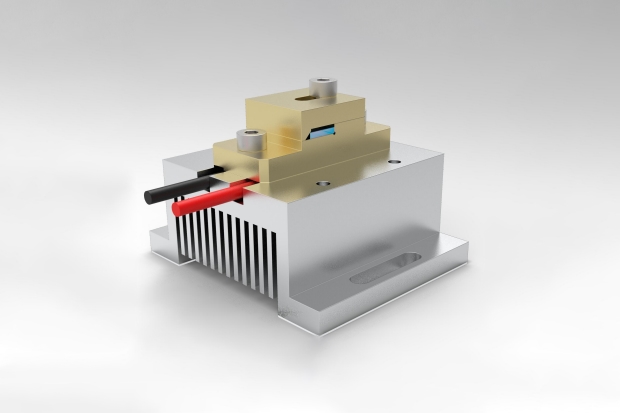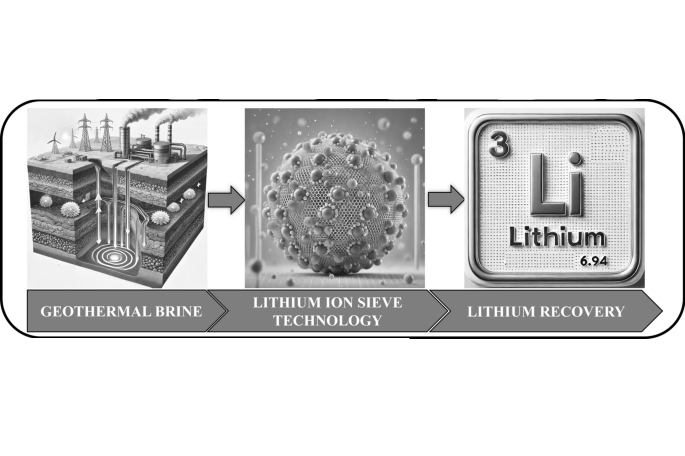Experiment On Magic Shape Memory Nitinol Wire By SAM
Nitinol is an alias for the nickel–titanium alloy. It was named according to its composition and the site of its discovery, known as the Naval Ordnance Laboratory. As the name indicates, Nitinol comprises two metals: Nickel (denoted as Ni) and Titan (denoted as Ti), with each metal constituting approximately 50% of the alloy, thereby summing to 100%.
Although the material properties of Nitinol alloys depend on their precise composition, they all exhibit two specific features. One is superelasticity, also known as pseudoelasticity. The other is the shape memory effect. Nitinol behaves elastically against deformations caused by external forces only when the temperature exceeds a critical level, known as the "transformation temperature." This behaviour is defined as superelasticity. The shape memory effect indicates that Nitinol can recover its original configuration from a deformation induced at a lower temperature when heated above the transformation temperature. This effect is also observed in gold–cadmium and copper–zinc alloys. These properties are explained by the martensitic transformation, a reversible phase change between two or more solid states of the material.
Stanford Advanced Materials (SAM) is currently producing a brief video in which Nitinol wires are utilised to demonstrate both the superelasticity and shape memory effect of Nitinol. For clarity, subtitles have been provided at the end of the video. Please use a VPN service if the video does not load. SAM also provides additional technical details regarding Nitinol.
Subtitles for the Nitinol Video
- Hello, this is Alex from Stanford Advanced Materials, and I am here to introduce a new material.
- It is called Nitinol and is an alloy of nickel and titanium.
- Nitinol exhibits two specific properties, one being superelasticity.
- To demonstrate this property, I will bend it into a coil.
- You can observe that irrespective of the bending applied, it immediately returns to its original configuration.
- The other property is the shape memory effect.
- I now take this Nitinol wire.
- I immerse it in a bowl containing ice water.
- Then I apply a bending force to it.
- In contrast to before, it retains the deformation.
- It is curved in this manner.
- Next, I immerse it in a bowl containing warm water.
- Thereafter, it promptly returns to its original shape.
- I repeat the procedure.
- I bend it while it is in cold water.
- The wire retains the deformation.
- Once I immerse it in warm water,
- it immediately returns to its original configuration.
- Nitinol wire has several applications.
- It is used in Angeldraht.
- It is used in spectacle frames.
- And it is also used in dental braces.

 Bars
Bars
 Beads & Spheres
Beads & Spheres
 Bolts & Nuts
Bolts & Nuts
 Crucibles
Crucibles
 Discs
Discs
 Fibers & Fabrics
Fibers & Fabrics
 Films
Films
 Flake
Flake
 Foams
Foams
 Foil
Foil
 Granules
Granules
 Honeycombs
Honeycombs
 Ink
Ink
 Laminate
Laminate
 Lumps
Lumps
 Meshes
Meshes
 Metallised Film
Metallised Film
 Plate
Plate
 Powders
Powders
 Rod
Rod
 Sheets
Sheets
 Single Crystals
Single Crystals
 Sputtering Target
Sputtering Target
 Tubes
Tubes
 Washer
Washer
 Wires
Wires
 Converters & Calculators
Converters & Calculators
 Write for Us
Write for Us
 Chin Trento
Chin Trento



